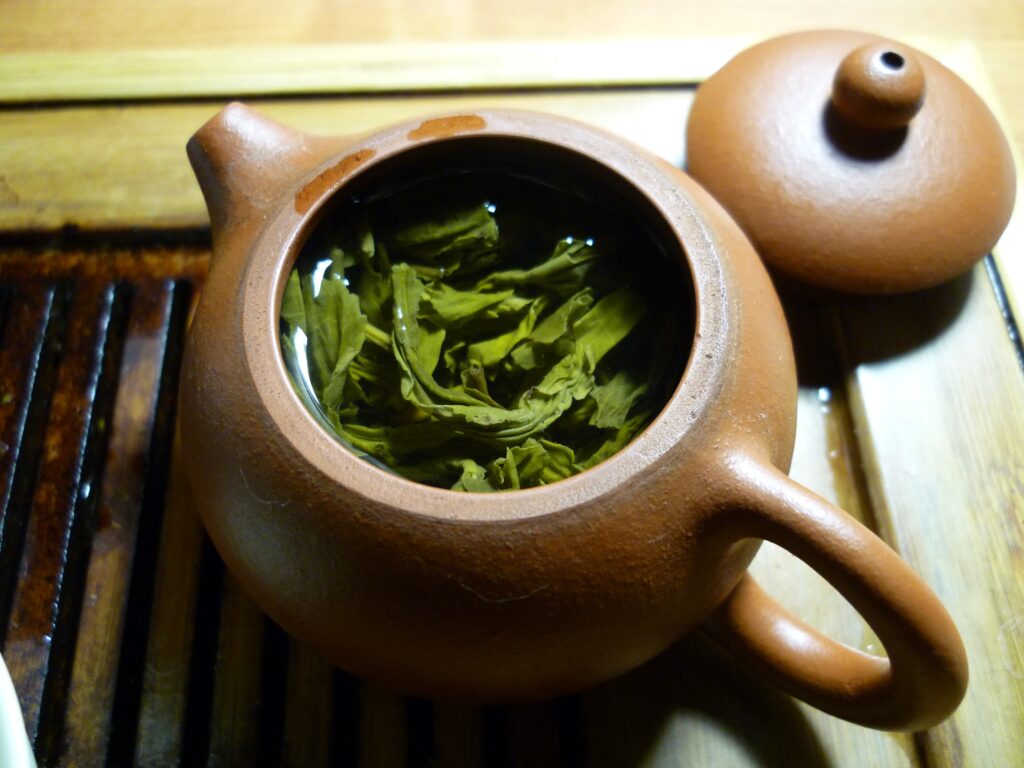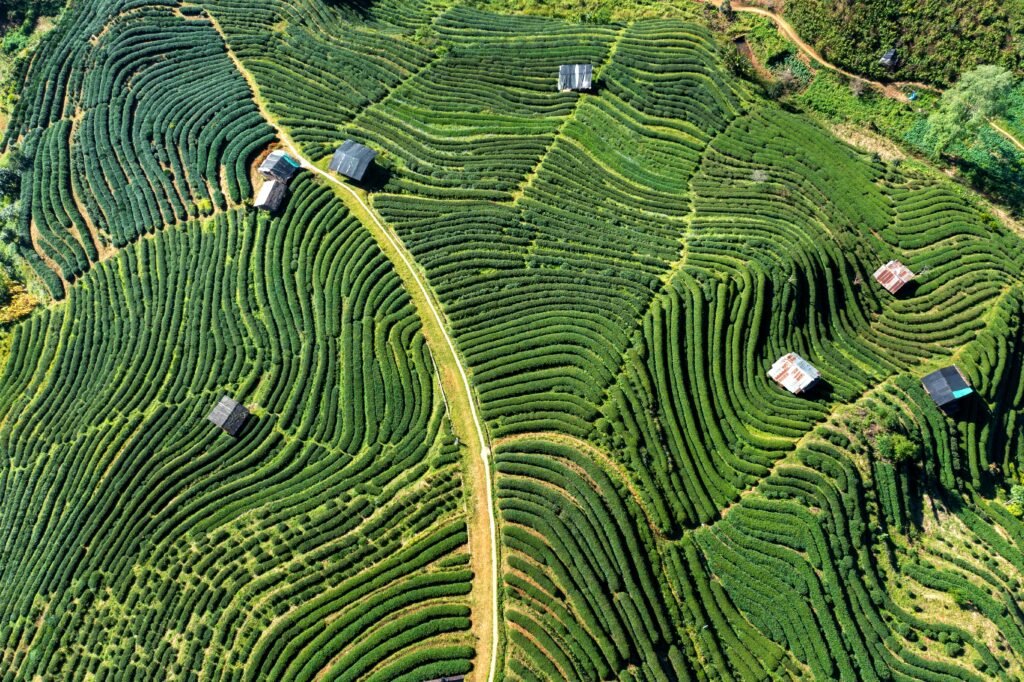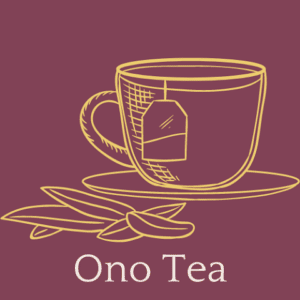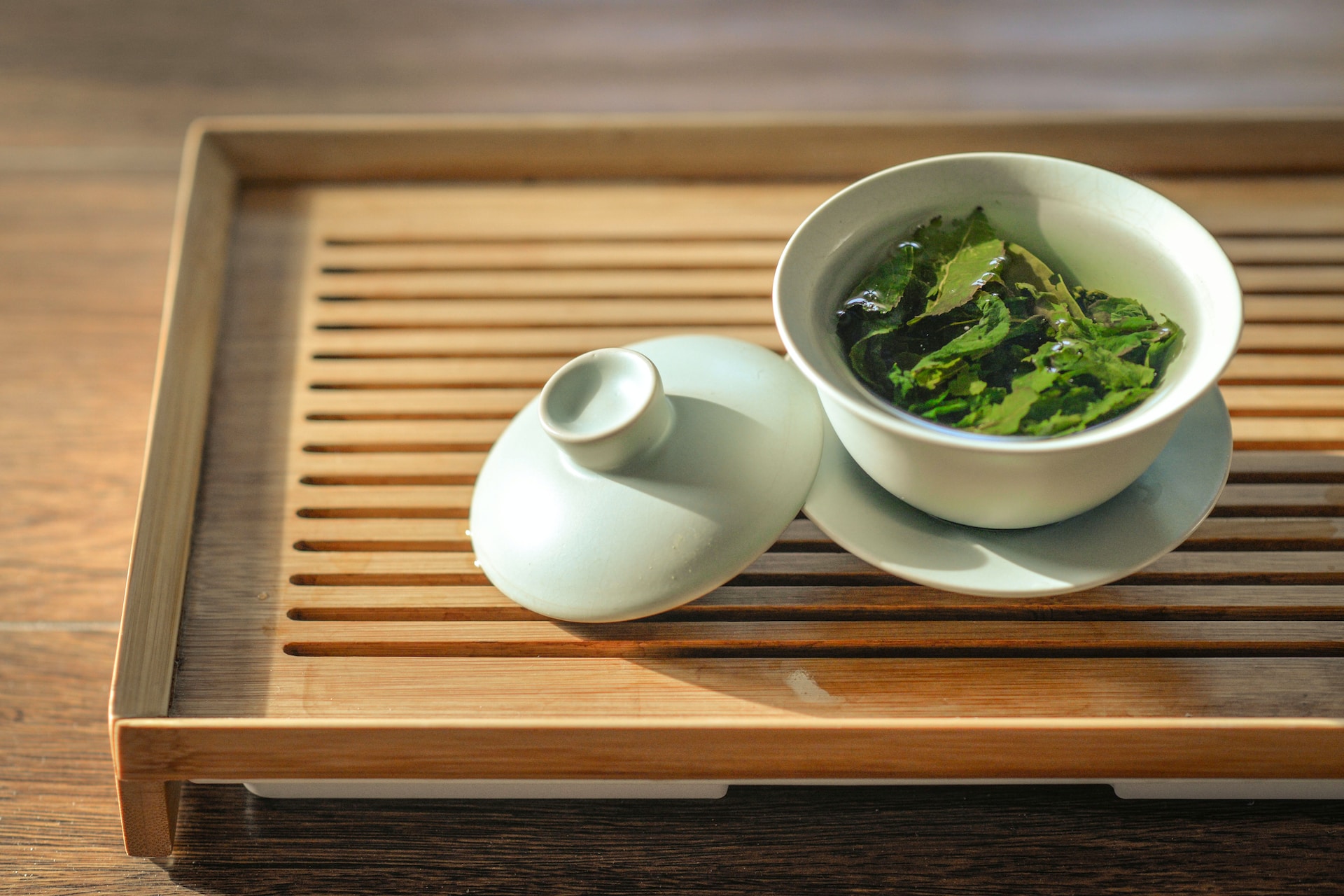Tea never fails to please, whether it’s brightening up a morning, taking a midday break, or any other moment in between!
Both green and oolong teas are among the most popular types worldwide. Plus, they pack an extra punch; these authentic teas have been used in traditional medicine for centuries, plus there’s growing scientific interest in their potential health benefits—talk about a triple threat!
Are you a tea enthusiast or just getting started? If so, you’ve probably heard of the well-known health benefits of green tea. But did you know that oolong tea is just as popular for its varying taste profiles, from fruity to nutty? To help you decide which kind will suit your palate and give you the most perks, we’re here to explain the differences between oolong and green teas. So grab a cup and let’s get brewing!
What Is Oolong Tea?
Oolong tea is an exquisite tea variety that stands out from the crowd! This unique brew has a special place in many hearts, and for good reason. It’s made from partially fermented tea leaves and boasts a wide range of flavors that have made it a worldwide favorite.
While it can vary in taste, it’s often described as having notes of flowers and fruit coupled with sweet caramel or roasted overtones. Hold up: you can’t forget about texture! Oolong teas distinguish themselves through their incomparable silky-smooth feel on your tongue. Now, isn’t this something worth getting excited about?
The flavor of oolong tea is like night and day! Depending on how long it’s been oxidized—anywhere from 8 to 85%—its taste can range from sweet and fruity with a honey scent all the way to woodsy and roasted.
Yup, caffeine is in there, though you won’t get a good reading on just how much until it’s gone through processing. Generally, oolong tea has more caffeine than green tea, which might not be so cool if you’re extremely sensitive to stimulants.
Brewing Wuyi Mountain oolong teas using ancient methods, like striking clay Yixing pots and Gaiwans, is a delightful way to immerse yourself in Chinese culture.
Oolong, one of the very first teas to be produced, has been around for centuries and continues to delight tea enthusiasts with its unique aromas and flavors during the tea ceremony. Generally speaking, Tieguanyin and Da Hong Pao from Wuyi Mountain are especially popular!

What Is Green Tea?
Green tea, oolong tea, and black tea are all brewed from the leaves of the Camellia Sinensis tea plant! Though originating in China, green tea is now grown across India and Asia, with China producing most of the world’s supply. Splendidly prepared three times a year, either in sun or shade, it’s simply amazing how black dragon tea or Wulong tea blossoms!
Green tea is so diverse! Most green teas vary hugely in look and taste, depending on where you’ve discovered them. Looking for Chinese green tea? There are two popular discoveries: Chun Mee and Gunpowder tea.
If you’re exploring Japanese green teas, they won’t disappoint; Genmaicha, Sencha, and Matcha green tea are beloved brews. Just note: no matter how they’re styled or seasoned, only matcha has the highest caffeine content of any real tea; otherwise, every other type of green tea is identical to oolong in its party-starting buzz!
Oolong Tea vs Green Tea
Oolong and green tea may look distinctive—one bright green, the other often light brown—yet their tastes and production processes differ too! Though originating from the same Camellia Sinensis plant, it’s the varying processing that distinguishes one from the other.
Production
Oolong tea has undergone only a little fermentation, whereas green tea hasn’t gone through any at all! During oxidation, oolong tea leaves are lovingly slow-dried over a period of weeks. When compared to green teas that are not oxidized, it’s easy to spot the brown hue of oolong, which is due to its exposure to oxygen.
Green tea goes through artisanal drying processes right after picking, like sun-drying or charcoal-firing. Nowadays, steaming and oven-drying are more popular ways to boost production.
Caffeine Content
Green tea leaves contain more caffeine than oolong; however, if you steep the latter for extended periods, its levels could overtake those of green tea. In other words, if steeping is done right, your cup of oolong will pack more punch.
Green tea is usually made with fresher leaves since they have more caffeine, but oolong teas use older ones, and sometimes these leaves are even roasted, which reduces the caffeine levels even further. Wow! Talk about tapping into multiple methods to reduce one’s caffeine intake!
Oolong tea? Now there’s something special: its complex flavors and aromas come from an intricate manufacturing process that gives it a more nuanced taste profile. What’s more, oolong complements an array of foods! So, the next time you’re tempted by a cuppa, choose wisely!
Flavor
Oolong teas pack quite the flavor punch! We can expect fruity, nutty, and even earthy and woody undertones from this incredible tea. As far as real teas go, it’s the one with the widest range of flavors yet no astringency in sight —ust a creamy, rich taste.
Green tea packs a serious punch! Its vegetal, bitter flavor has won it a legion of dedicated fans who thrive on its sharp edge.
Oolong offers a different kind of thrill, but its varied flavors make it the perfect choice for novices or those just looking for an everyday treat – just watch out, those potent chemicals in green teas can really sneak up on you! Chai connoisseurs seem to adore it, though.

Which Is Healthier, Oolong Tea or Green Tea?
What a great way to start the day! Both oolong and green tea offer tremendous health benefits – so sip away. From reduced risk of type 2 diabetes and hypertension to improving gut health, true teas present numerous positives. Although remarkably similar in their properties, debate remains about which one gives the most health advantages. Could it be oolong tea? Could it be green tea?
Green tea’s packing way more polyphenols and catechins, like EGCG, than oolong — so it really packs a punch when it comes to health benefits. These antioxidants are linked to better concentration and a lower risk of cardiovascular disease.
Plus, they’re great at combating those pesky free radicals that damage cells in our body and cause disease. So sip up – they can even help keep blood sugar levels in check!
Woohoo! Green tea may be getting all the credit for helping people shed some pounds, but other types of tea have their own weight-reduction benefits as well. In fact, research shows that oolong can up your metabolism and fat-burning game by 12%. Wow – that’s pretty awesome!
Sipping a cup of oolong or green tea can bring numerous health benefits – you don’t have to choose just one! Studies suggest that oolong can strengthen your bones and reduce blood pressure. At the same time, green tea, with its delicious flavor, can shield your pearly whites from decay, help you reach or maintain a healthy weight without going hungry, and possibly decrease your risk of developing Alzheimer’s.
So go ahead and enjoy a soothing cup of this refreshing beverage—who knows, it may even be good for you!
Is Oolong Tea for You?
Oolong is a definite must-have if you’re after a more flavor-rich and complex brew! It’s no wonder it’s become the top choice for those who are all about savoring the finer nuances of Asian cuisine. Absolutely delicious!
No doubt its rock-bottom price is partly responsible for green tea’s huge fan following in Asian restaurants. It’s practically everywhere you turn!
Wow, did you know that oolong tea offers many of the same benefits as green tea? But wait, there’s more—it also contains vitamins and minerals that are created from its specialized oxidation and aging processes. Fascinating!
Oolong tea is known for its robust flavor, and that’s because it contains lots of compounds—more than you’d find in green tea. So if you’re looking for a cuppa full of health benefits, go ahead and take a sip of oolong!
Of course, you can also enjoy green tea if you’d like; neither will be tough on the tummy. However, drink oolong tea if you have a more sensitive digestive system. It’s the preferable option, for sure!

Is Green Tea for You?
Green tea isn’t just any ordinary beverage; it’s become a worldwide obsession for a reason! It not only has an enjoyable, brisk flavor but is delightfully easy to make too. Plus, there’s an abundance of flavors to choose from, making it the perfect go-to anytime.
If you’re feeling like a hot cuppa, green tea’s the way to go; it’s easy to brew and packs a bit more of a caffeine kick than traditional oolong varieties. For an energy boost with the convenience of simplicity, you really can’t go wrong!
Tired of lackluster under-eye circles? Reap the benefits of green tea with an at-home remedy! Drink some to reap the health benefits, then take the used bags and press them gently on your eyes. Goodbye dullness, hello bright look!
Well, folks, green tea is surely a beast! It’s truly the simplest and most magnificent form of tea out there, packed with a plethora of flavors and, not to mention, beneficial for our health. And its lack of caffeine means that you can sip away without fear of getting jittery!
Conclusion
You can’t go wrong with either oolong or green tea, especially because both are amazing! Both are super delicious and amazingly nutritious, and they won’t cost you an arm and a leg per cup. What more could you ask for?
Well, frankly, whatever you choose, you would have made the right choice; why not give both a try if you haven’t already? And here’s a little secret: you won’t regret it.

